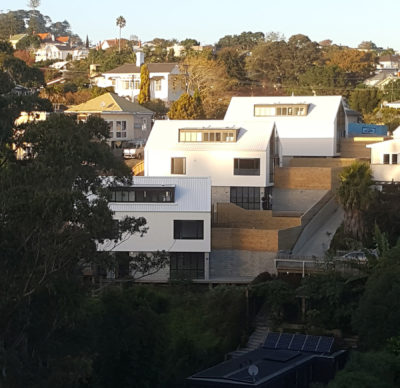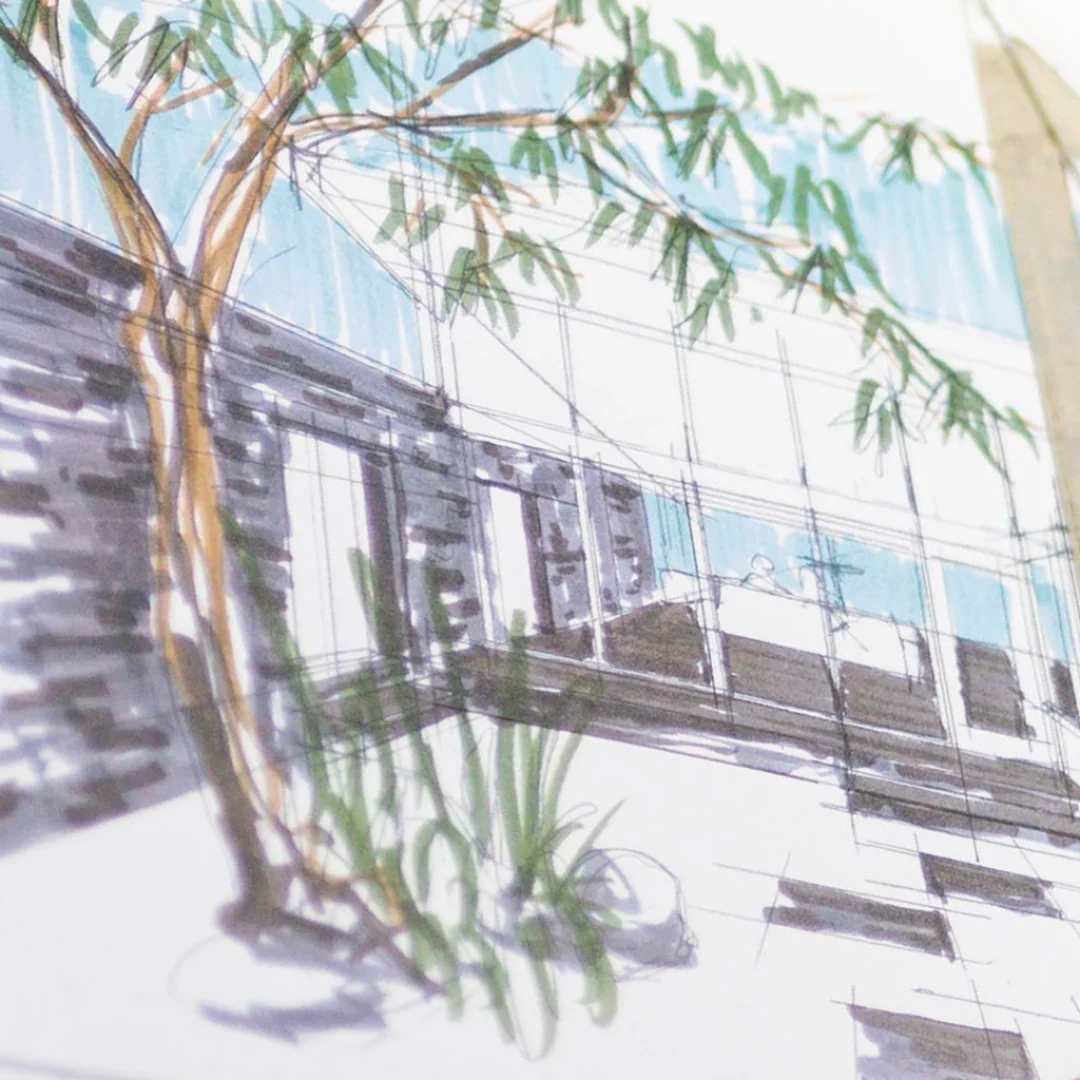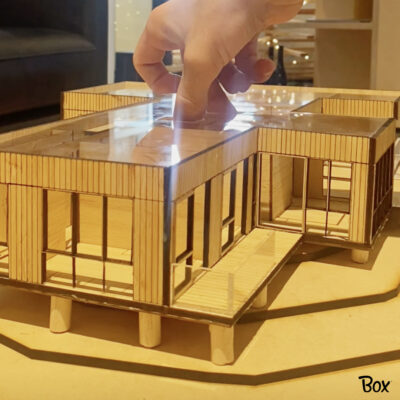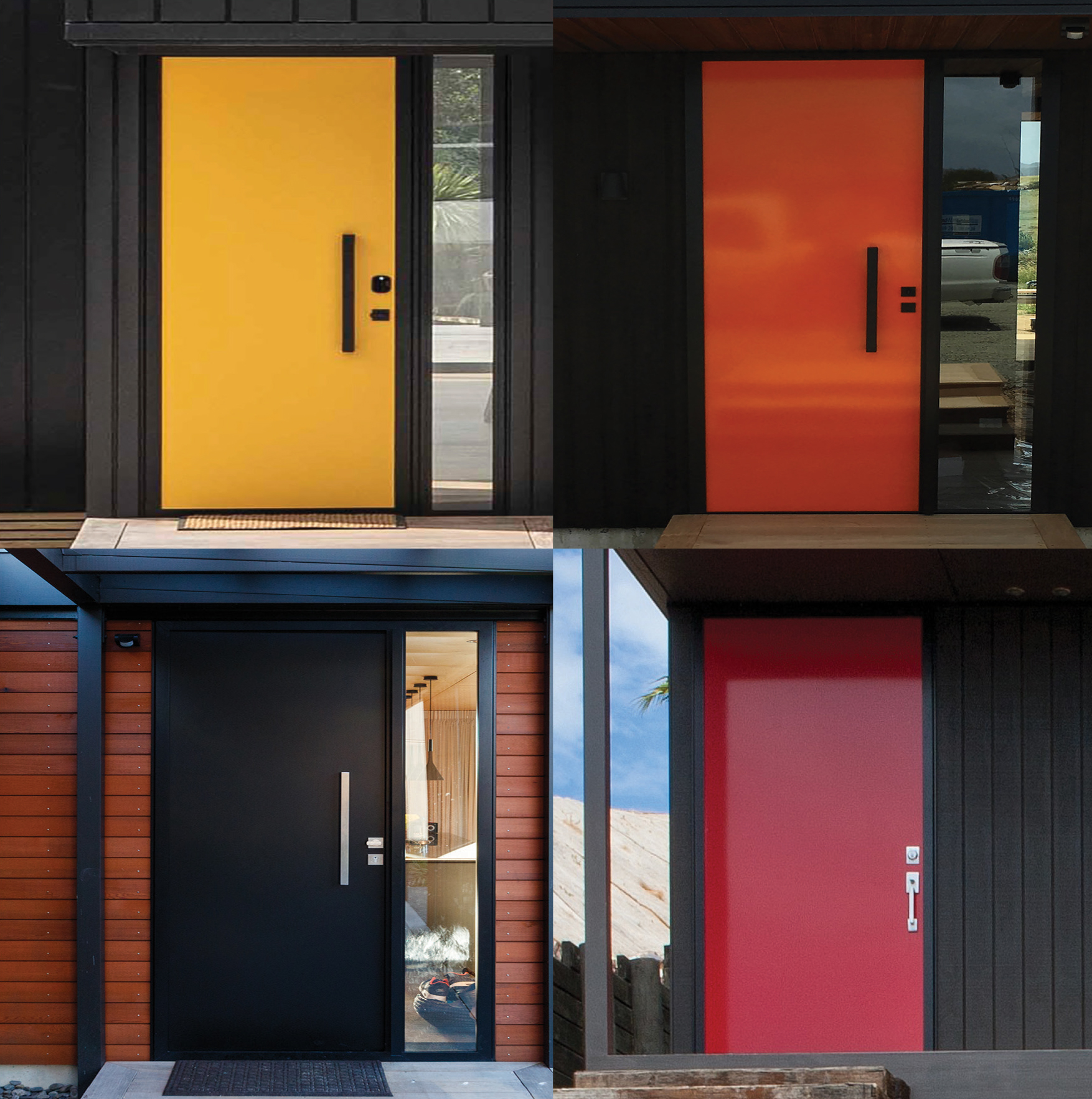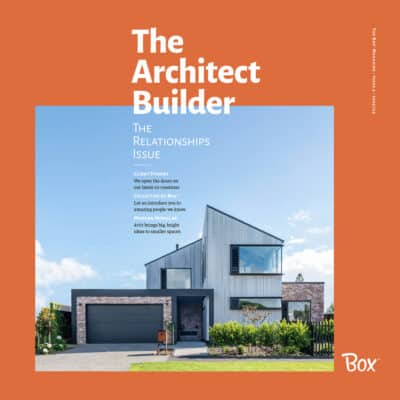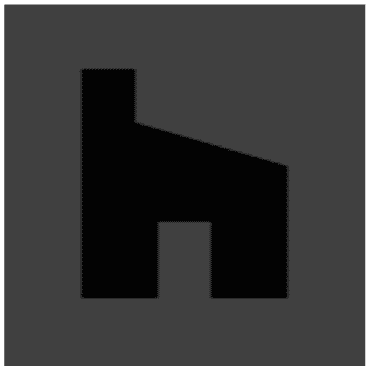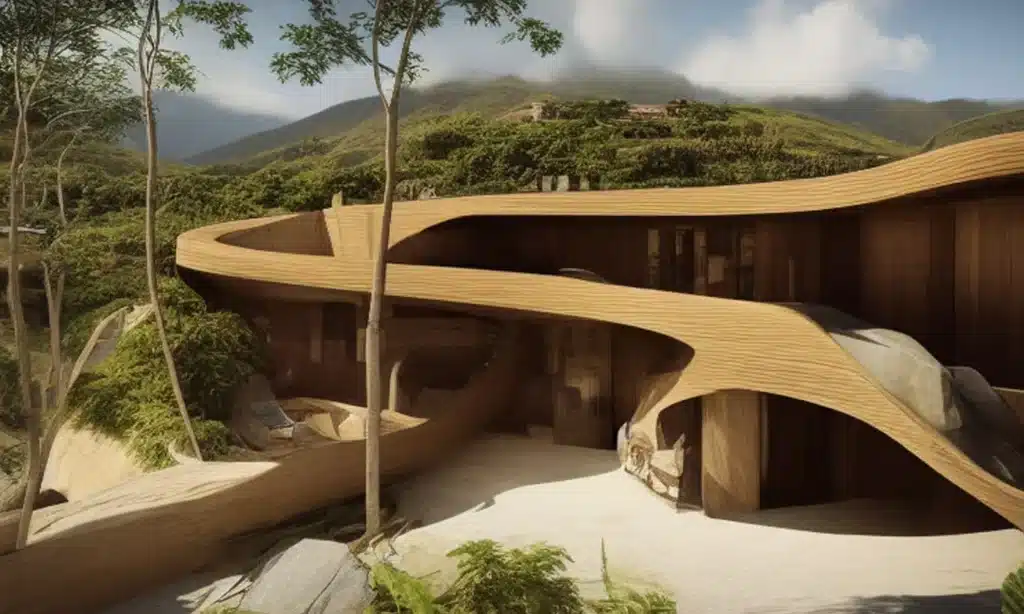
It wouldn’t be right to ignore all the hype around DALL-E 2, Chat GPT, and other AI-powered tools and not write about them in the context of architecture. I asked Chat GPT to write it ‘in a conversational tone’, but it still didn’t sound like me, and I largely disagreed with it. So, here’s my version.
AI will definitely impact the design-build industry in ways that we cannot fully imagine. Wouldn’t it be great if house-building AI leads to a change where architecture becomes less of an elite sport and has a positive impact on a much larger number of people? Here are a few thoughts on the issues and possibilities of AI home design.
Design creators to design curators.
Back in the day when towns and cities were built off the back of pattern books to ensure coherence, individuality, and beauty, designers (many of whom were builders) took on the role of curators who guided design choices within the constraints of the pattern book, adapted them to the site, and built the house. In a future world where anyone can use a home design tool to summon a range of different AI house plans to fit the brief of ‘3 bedroom, two-storey family home on a flat site’, the value in a builder or designer will be to take the output and advise the customer on tweaks, nips, and tucks and adapt the design to their space. In this sense, the designer becomes the editor or curator who can make sense of the output, eliminate the drivel, and help clients narrow down design options.
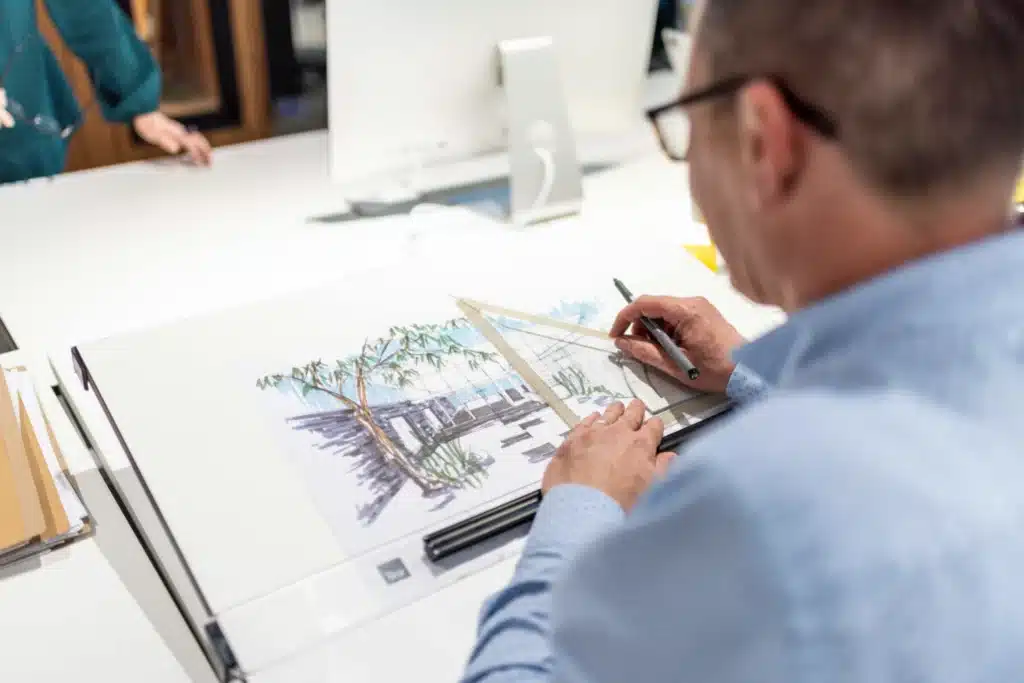
Human feeling.
One thing I struggle to get my head around is how AI tools will be able to match the human element of having someone understand your brief and site and ensure that the house design provides the subtleties that sometimes cannot be articulated clearly. There are so many nuances in perception and oft-contradictory communication that cannot be captured by machine input. Reducing the characteristics of a space, such as view, light, and smell, or trying to translate your design ideas and lifestyle preferences to bits and bytes feels like you would miss out on so much information. It feels like a human would need to shepherd the process, at the very least.
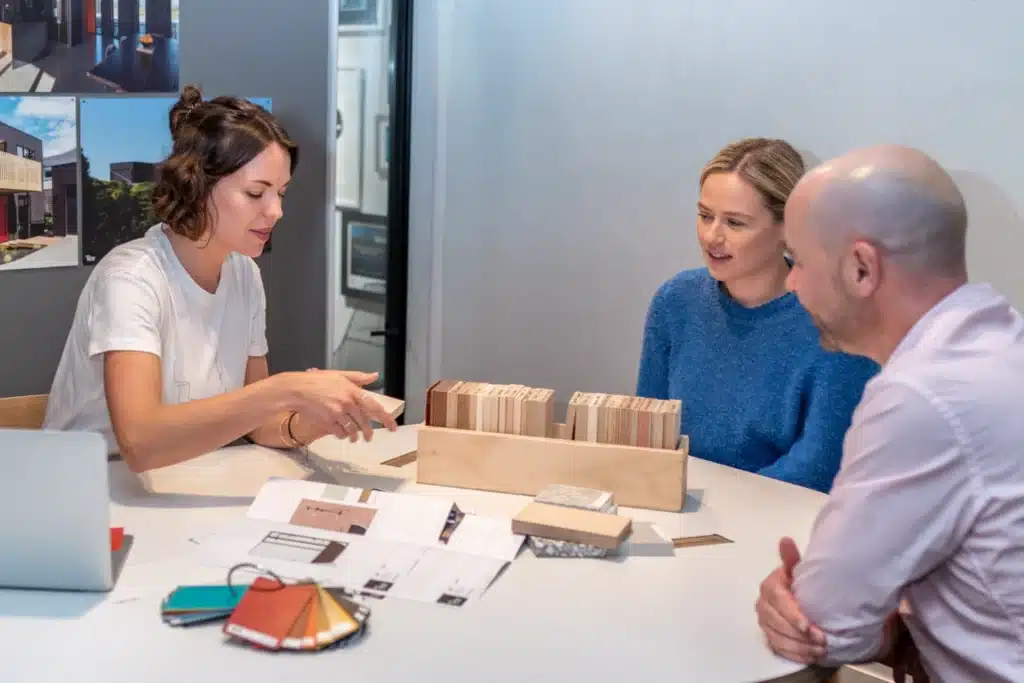
Beauty may be back…
Beauty, in terms of universal patterns, has been discussed by thinkers such as Roger Scruton, Christopher Alexander, and David Deutsch. It is rooted in biology and The Mathematics of Complex Organised Forms. The idea that beauty is “subjective” is simply a recent excuse of a design elite promoting a design ideology. This ideology has become pervasive through educational institutions and fashion and has been embedded in our town planning by prioritising cars over people. If we can identify beauty simply through our individual preferred style as well as mathematics, we may just get results which reflect the numerous studies that people, on the whole, prefer more conservative, traditional forms over concrete and glass.
Crapola in, crapola out.
In simple terms, AI-powered engines are ‘trained’ through data sets, which are manually input by humans. The AI model parameters are then iteratively adjusted so the designs they create become increasingly accurate. This process is, of course, subject to the quality of input information and, to some extent, human bias. You can already see how AI tools can ‘hallucinate’ results, which seem really credible but are, in fact, wrong – more on this later. In short, it may be a stretch to believe that an AI engine can accurately produce everything from concepts that comply with planning regulations to construction drawings, 3D home design, and costings without some human intervention or guidance to curb the AI hallucinations.
Making good design accessible to everyone.
Often referred to as “democratising design”. It’s basically a fancy way of saying that soon enough, anyone with an internet connection (and maybe even for free) will be able to generate their own contemporary house plans using pattern books and guidelines. With advances in free AI house design and a lowered learning curve, we might even see a reduction in the cost of some initial aspects of design and solutions that offer “off-the-shelf” plans for people to use based on the unique characteristics of their project site. At the very least, people will feel that they have greater control and say in the design process.
Bottom-up design.
Another cliched term that simply means design and house building driven by the actual people living in homes rather than home and interior designers, developers, and other professionals with their own preferential ideologies or profit and loss spreadsheets. If it becomes easier to design a house using AI tools, people may well feel as though they have more control over the process and more skin in the game when it comes to the outcome and the impact on the neighbourhood. This may be wishful thinking, but at least people will have more ability to make design decisions for themselves rather than being told what a good decision looks like. And we may be surprised that people have pretty good design ideas after all.
Architects and builders to merge roles again?
I might be overly optimistic, but it seems to me that there are some huge opportunities for builders and architects to team up, especially for most of the residential work. I’ve heard all the reasons why they can’t work together, but honestly, I don’t get it. Collaboration between professionals always leads to better results, and yet this is not happening in this industry. It’s likely that the barriers to house design will be much lower in the future, so I can easily see a world where owners go straight to builders who have architects on staff to guide the design process through to construction. It’s kind of like the old-school ‘Master Builder’ idea, where architects and other professionals were responsible for designing and overseeing the construction of buildings.
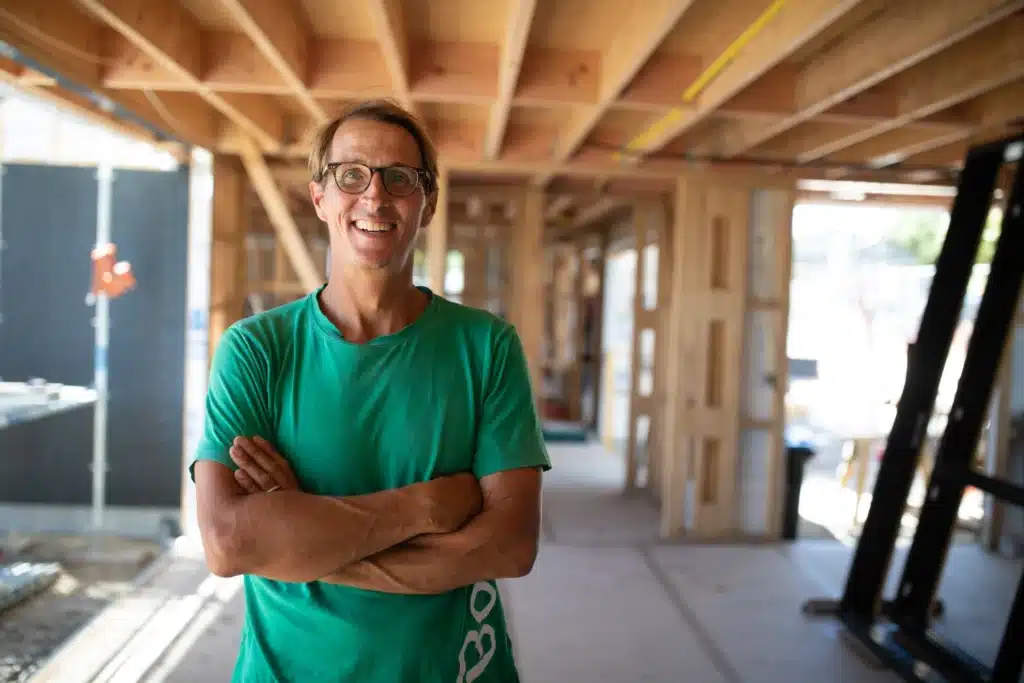
Setting boundaries for the algorithm.
If I were the NZIA or Kāinga Ora, I would be furiously developing patterns for both private and public buildings and working with town planners and local authorities to adopt them so that individual housing also fits snugly into the larger patterns of towns and communities. I see a role where architects, with their understanding of building traditions, are well placed to take the body of knowledge amassed over centuries and add to this, creating a building language appropriate to the location. This could even go as far as to promote local materials and skills in the construction of these buildings, rejuvenating local industry and developing a local vernacular. These patterns then become the constraints for AI-generated house plans so that our built environment can transform in a way that is responsive to humans instead of cars, local materials, craft and traditions instead of soulless, international, industrial products and spreadsheet buildings which ignore the well-being of people.
How AI will reduce the cost of technical drawing and compliance costs.
OK, so I’ve asked Chat GPT to write this segment ‘in a friendly tone’, just for yawns:
AI has the potential to revolutionize architecture by making technical drawing and compliance more affordable. With AI-powered software, tedious tasks such as creating 3D models, generating construction documents, and performing code compliance checks can be automated. This means that the time and effort required to produce technical drawings can be significantly reduced. Best of all, AI can help architects ensure that their designs comply with building codes and regulations by identifying potential issues and making necessary adjustments before construction begins. Overall, AI helps architects to produce designs more efficiently and cost-effectively, and the technology is expected to evolve further. Keep up the good work!
Thanks Chat GPT.
When will this happen? Well, if you have tried asking DALL-E 2 to draw a floorplan for a ‘2 bedroom house on a flat site’, you will have observed how AI tools just make up stuff. It looks like a floorplan but it isn’t one. A 1.5m wide bedroom doesn’t work. It’s probably a simple thing to fix, but it also shows how there’s quite a bit of work to do to achieve something reliable. I totally expect the next wave of “Designtech” start-ups, who use AI as the foundation to create software for architects, builders, and even consumers, to arrive any day now. However, I’m less confident that the change is imminent. Even Chat GPT is not keen to blow its own trumpet just yet: “While AI can assist in the design process, it is unlikely to completely replace human architects and designers anytime soon.”
